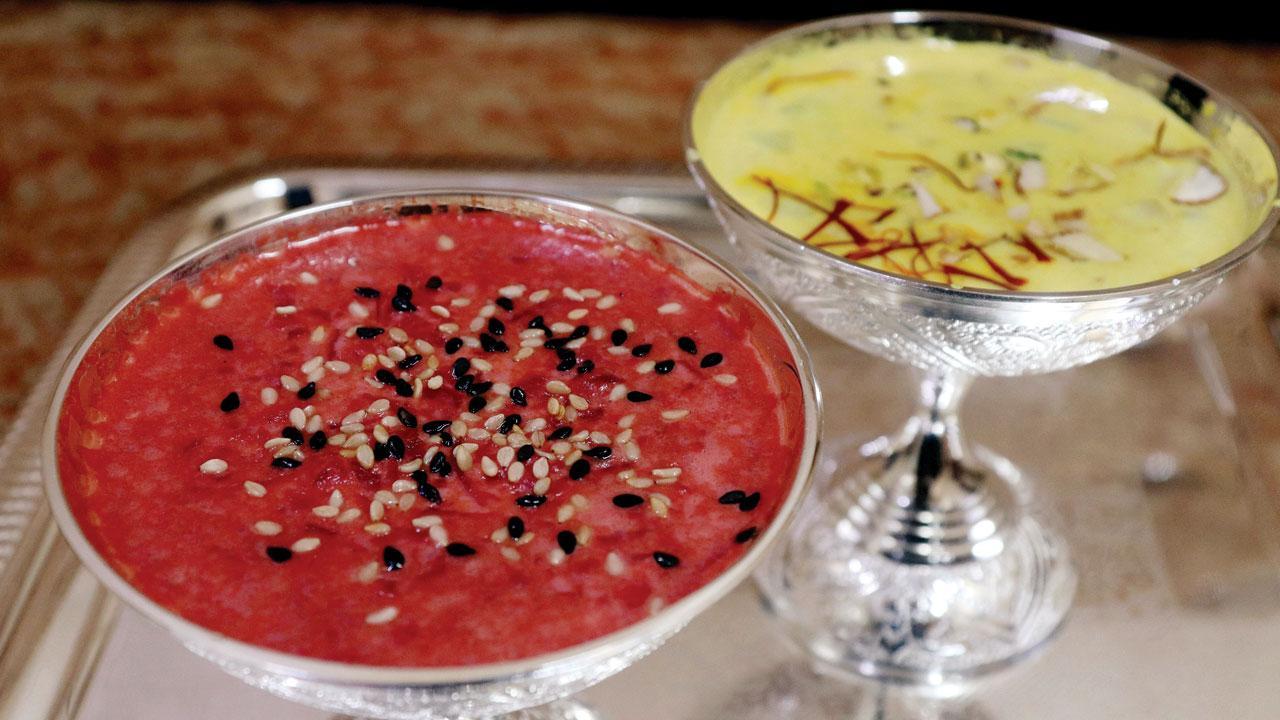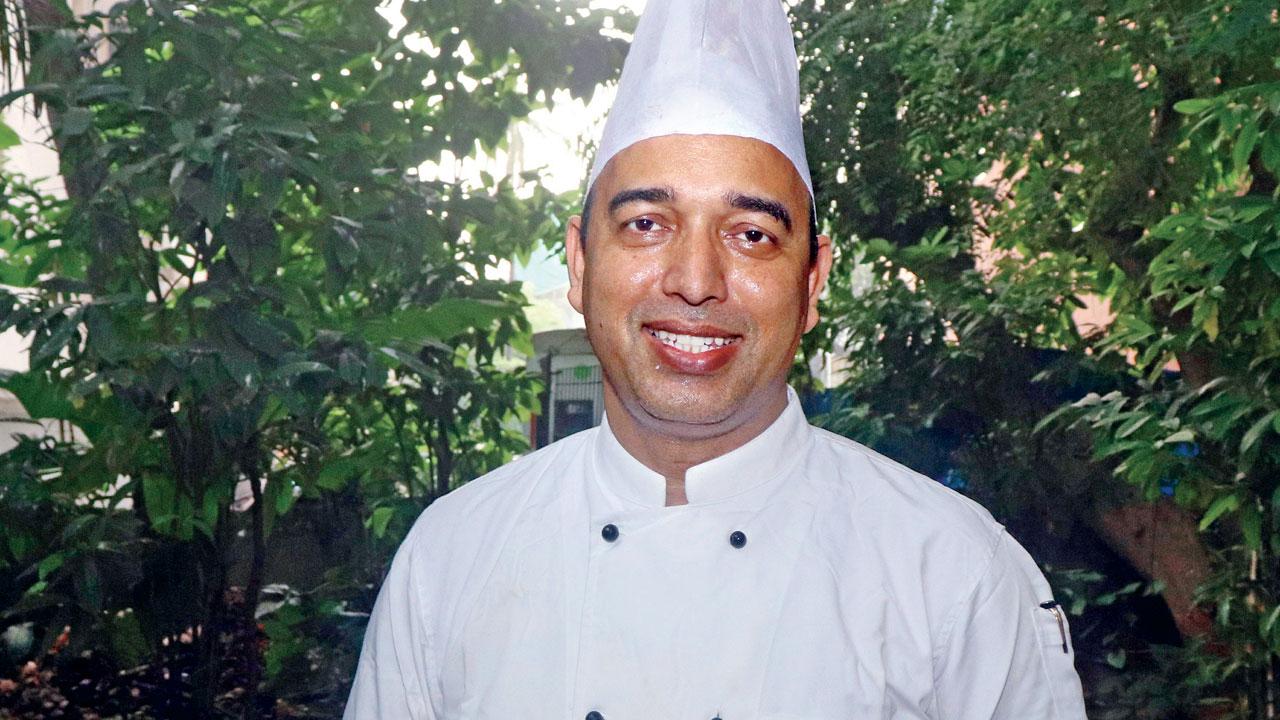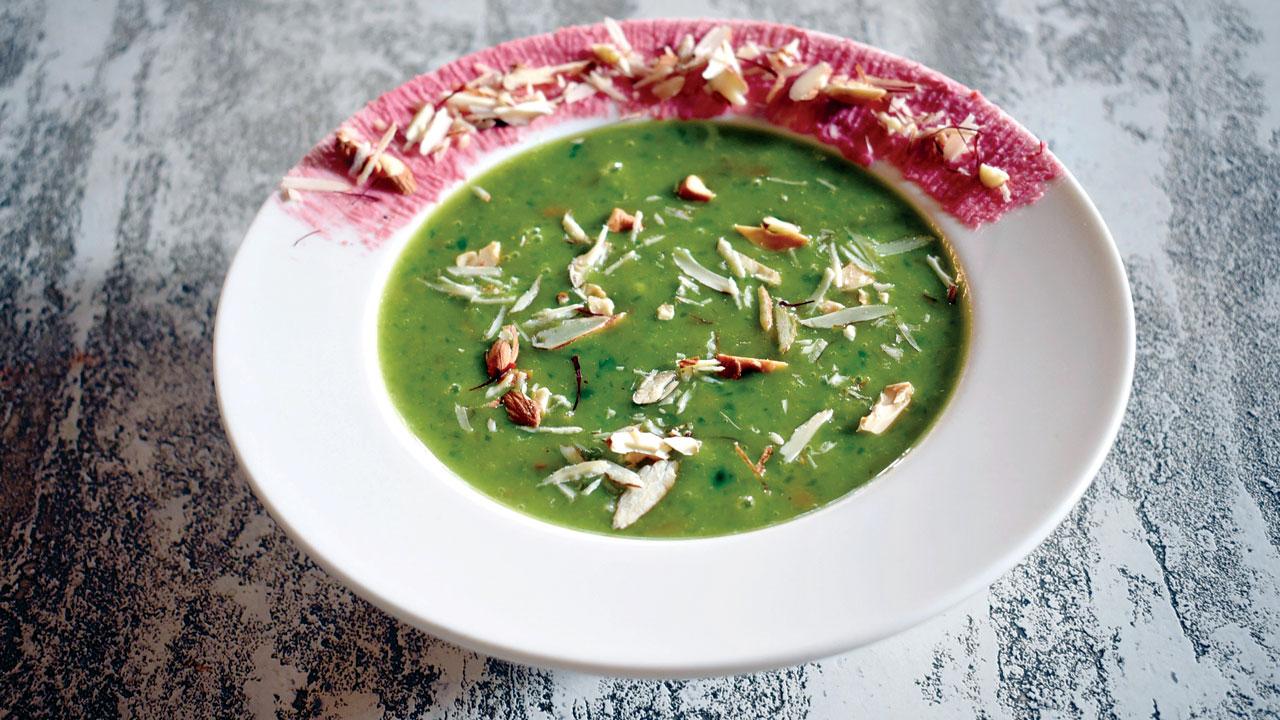These unusual kheer recipes of India are a testimony to our love for seasonal food and penchant for the unusual and make-do

Chikundar and tilgud kheer
Last year, when chef Sadaf Hussain was in town, we bonded over dinner and stories about the origins of cuisines. That night, the dish that got our attention was a humble dessert called benami kheer, with an exciting back story. “The internet has several stories of its connections from three kitchens: Awadh, Mughal, and Marwar. The most popular is the one that originated in the royal court of Awadh. This kheer is called benami because the ingredients were initially kept secret, and benami in Urdu means ‘without a name’. One of the royals in Awadh had asked his cook to prepare something unique for him. Cooks in Awadh were considered smart and loved their art and a good challenge. One of the artists created a dish where he made kheer with garlic and served it to the Nawab. The preparation was similar to kheer, except this one had no rice; instead, garlic cloves were used. Since garlic has a peculiar flavour, the Nawab could have rejected it if he was told what it was made from. That’s why, the chef must have called it benami to impress his sahab.”

Virendra Rawat
The real test in making this kheer is removing garlic’s pungency by blanching it in alum water and rendering it entirely odourless. “What most people on the internet will not tell you is about the taste of the kheer because perhaps they have never had it,” he laughs. “When you boil garlic in alum water enough times, you get a texture similar to water chestnut but with a very mild and almost unnoticeable garlic flavour. The dish always has khoya, sugar, and dry fruits like cashews to camouflage the taste. In fact, I find cashews as an excellent introduction to it because it looks like garlic, and when cashew and garlic are cooked together, they will look the same, giving the illusion that you are having cashew kheer and not garlic kheer,” adds Hussain.
On a busy afternoon in his kitchen at Worli, Chef Virendra Rawat, founder Good Food Concept made two kheers—pumpkin and makhana, and chikundar (beetroot) with til-gud. The 44-year-old carries with him the soul of Uttarakhand, his tranquil hometown, and when days get crazy, he makes creations close to his heart. “Amidst the city’s chaos, I often find myself reflecting on the serene hills of my hometown and creating dishes to get close to my roots. In the winter of 2018, on my family’s farm near Tehri Lake, we handpicked vibrant pumpkins, blending them with the creamy richness of dairy sourced from our cows and the stage for a culinary masterpiece was set,” he says.

Sadaf Hussain
Pumpkin emerges quite often in Ghadwali cuisine, and kaddu ki kheer, as it is fondly called, is often prepared during Navratri as an offering to the goddess. Makhana makes a frequent appearance, too. Jaggery makes cooking easier, imparting the dish a dense, earthy flavour. “This pumpkin and makhana kheer with jaggery is a perfect blend of the earthy sweetness of pumpkin, the nutty crunch of makhana, and the natural sweetness of jaggery. It’s a comforting dessert that captures the essence of winter and the richness of Uttarakhand’s culinary heritage,” says Rawat. The chikundar and til-gud recipe was born out of necessity during COVID-19, when the chef was cooking for a family and two lone beetroot stared at him from the fridge. Pairing it with til and gud (sesame and jaggery) was an idea from his hometown. “In winter, both these ingredients are a staple in the hills; they keep the body warm. The final dish, served chilled, was a testament to the unexpected joys of limited ingredients when treated with culinary ingenuity.
Chikundar and tilgud kheer
Ingredients
2 1/2 cups full milk
11/2 tbsp ghee
11/2 tbsp cashews/almonds, broken roughly
1 cup chikundar (beetroot), grated
1/2 cup jaggery powder
1/4 teaspoon cardamom powder
1 tbsp toasted white sesame
Method
Boil milk, simmer for a few minutes, and set aside to cool. Heat ghee in a pan, fry the dry fruit and set aside. Add beet and sauté in the same pan until the raw smell leaves the pan and is dry. Add gud and let it melt completely. Add boiled milk to it. Let it simmer until thick and creamy; it may take 10-12 minutes in low flame. Finally, add fried cashews and cardamom powder, mix well and switch off. Add toasted til and mix well. Serve warm or chilled.
Benami kheer
Ingredients
125 ml white vinegar
100 gm big Chinese garlic
1 litre full-fat milk
A few strands of saffron
150 gm sugar
5 green cardamoms, powdered
70 gm khoya
100 gm cashew nuts, halved, soaked
A few drops meetha ittar
50 gm alum
Method
Let peeled garlic pods sit in vinegar for 20 to 25 minutes, then boil it in alum water at least three times and wash it with hot water. Pour out the old water and add new water every time you boil it. This will get rid of the vinegar and garlic taste. Bring milk and cashew nuts to boil, then slow boil for 10 minutes, then turn down the heat to reduce the milk to 700–800 ml. Add all of the boiled garlic pods, followed by khoya and let the milk get as thick as you want it to be. Put in the cardamom powder and sugar. Keep cooking until everything is well-mixed. Check the garlic to make sure it’s boiled all the way through. Adjust the sweetness. Put a few drops of meetha ittar on the plate. Serve it cold with extra chopped pistachios and toasted cashews.
Pumpkin and makhana kheer
Ingredients
1 cup grated pumpkin
1/2 cup makhana
1 litre full-fat milk
1/2 cup jaggery
1/2 teaspoon cardamom powder
A pinch of saffron strands
Chopped nuts for garnish (almonds, cashews, pistachios)
Method
Peel and grate the pumpkin and set it aside. Dry roast the makhana until it becomes crisp; cool and coarsely grind it in a mortar and pestle. In a heavy-bottomed pan, add the grated pumpkin and cook it on low heat until it softens. Stir occasionally to prevent sticking. In a separate pot, bring the milk to a boil. Reduce the heat and let it simmer until it thickens slightly. Keep stirring to avoid the milk sticking to the bottom of the pot. Add the cooked pumpkin to the simmering milk. Mix well and cook for 10-15 minutes until the pumpkin is thoroughly cooked and the flavours meld. Add the jaggery and stir well until it dissolves. Continue to simmer for another 10 minutes. Add cardamom powder and saffron strands for a delightful aroma and flavour. Stir well. Add the crushed makhana to the kheer. Mix gently, allowing the makhana to absorb the flavours. Simmer for an additional 5-7 minutes. Turn off the heat and garnish the kheer with chopped nuts of your choice. Allow it to cool slightly before serving. Serve warm or chilled.
This winter delicacy from North India was first sampled by Rahul Desai, Corporate Chef, Blah and The Thane Club when he was a kid. “My mother loved to cook seasonal and to experiment with different ingredients and recipes. She came across this unique recipe in a magazine and made it. It had a rice-like bite to it, and we couldn’t tell it had peas. For a culinary-curious child, it was my first lesson in understanding that one can make delicious recipes with non-conventional ingredients.”
Matar ki kheer

Ingredients
1 litre milk
1/2 cup fresh green peas
1 tbsp ghee
A few saffron strands, soaked in milk
1/4 cup chopped dry fruits
1/2 cup sugar
1/2 tsp cardamom powder

Rahul Desai
Method
Boil green peas and blend them into a smooth paste. In a heavy-bottomed pan, bring the milk to a boil and simmer on low heat, stirring frequently.
Add the blended green pea paste to the simmering milk. Mix well.
Continue cooking on low heat, allowing the mixture to thicken. Stir regularly.
Add sugar as per your taste once the mixture has reduced and thickened.
Add cardamom powder and saffron strands for flavour.
Heat ghee in a separate pan, fry the chopped nuts until golden brown and add these to the kheer. Reserve some for garnishing. Allow the matar ki kheer to cool to room temperature before refrigerating.
Serve chilled, garnished with the reserved fried nuts.
Chef Raghvendra Singh of Meetha By Radisson learnt of gobhi ki kheer at a friend’s home in Gwalior, Madhya Pradesh. Initially, he was sceptical about tasting it, but when his friend insisted, he took a spoonful and loved it so much that he went straight to the kitchen to see how it had been made. “This veggie kheer has a rabri-like consistency and is a great alternative to rice kheer, especially in winters, when cauliflower is in season. It’s hard to tell the difference between this and rice kheer,” he adds.
Gobhi ki kheer

Ingredients
1 litre buffalo milk
100 gm cauliflower
50 gm sugar
20 gm pista
20 gm almond
A few strands of saffron
5 gm cardamom powder

Raghvendra Singh
Method
Boil milk on low flame till it turns thick. Clean finely chopped cauliflower in hot water, drain, add to the milk and let it cook for 10 minutes. Once this mixture turns thick, add sugar and elaichi to it. Let it cool, then garnish it with pasta and almond flakes. And your delicious cauliflower kheer is ready to serve.
 Subscribe today by clicking the link and stay updated with the latest news!" Click here!
Subscribe today by clicking the link and stay updated with the latest news!" Click here!










